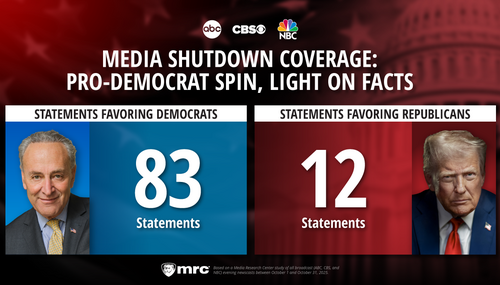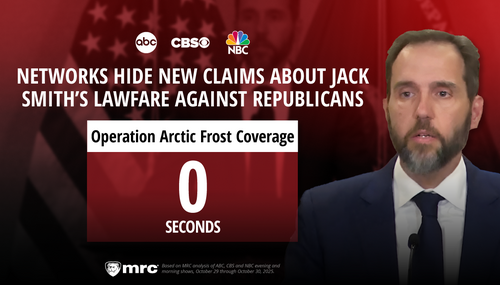The U.S. Congress looks poised to follow Australia and other allies in effectively banning traditional light bulbs. In a front-page story December 17, USA Today reporter Paul Davidson praised the provision of the energy bill that phases out “inefficient” bulbs in favor of more expensive high-tech bulbs.
Davidson declared that the “new generation of energy-efficient lights … will cost consumers more but return their investment in a few months.” The compact fluorescent bulbs, which cost about four times as much as a incandescent bulb, can pay for themselves in saved energy costs as long as they don’t burn out or break prematurely.
The energy bill has passed the Senate and is expected to pass the House of Representatives. According to the article, Bush is expected to sign the bill into law. The light bulb provision phases out traditional bulbs by gradually increasing efficiency requirements through 2020.
Conveniently for manufacturers like Philips, which has been pushing for legislation that would phase out incandescent bulbs (and level the playing field among competitors while giving Philips the public relations credit), the compact fluorescent bulbs (CFLs) already meet the 2020 requirement.
Proponents of government intervention into the light bulb market argue the change will save consumers money – Davidson reported it will save $40 billion in energy and other costs in the next 22 years.
But while Davidson mentioned one drawback of CFLs – that their “yellowish tints” are annoying to some eyes – he failed to mention the major flaw of the new technology: mercury. Mercury, a toxic metal famously found in thermometers, helps create the increased efficiency of a CFL bulb. If the bulb breaks, the small amount of mercury can contaminate the area.
The Financial Post reported in April that a broken CFL bulb cost a Maine woman more than $2,000 to clean when the state Department of Environmental Protection referred her to a cleanup company. At $5 in energy savings per bulb per month (as Davidson reported), one broken bulb could eat up 33 years’ worth of savings!
The federal EPA doesn’t recommend professional cleanup for a broken bulb. It recommends you open a window, leave the room for 15 minutes, then put on some rubber gloves, scoop up the broken bits and seal them in a plastic bag, then put that bag in another plastic bag before throwing it out. Then wash your hands. But don’t worry, Tree Hugger – which calls itself the “leading media outlet dedicated to driving sustainability mainstream” – says the bulbs aren’t dangerous despite those recommended measures.
Even if the bulb doesn’t break, CFL users are supposed to dispose of used bulbs through state-run household hazardous waste programs, which aren’t nearly as simple or convenient as tossing a burnt bulb in the trash. Some states, like Maine, tell residents to hold hazardous materials in their homes until designated collection days. Many others, like Virginia, require participants to take the bulbs to waste disposal sites for special processing.





